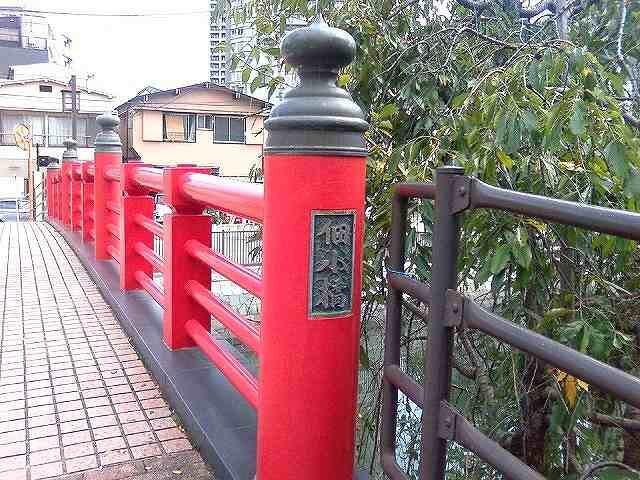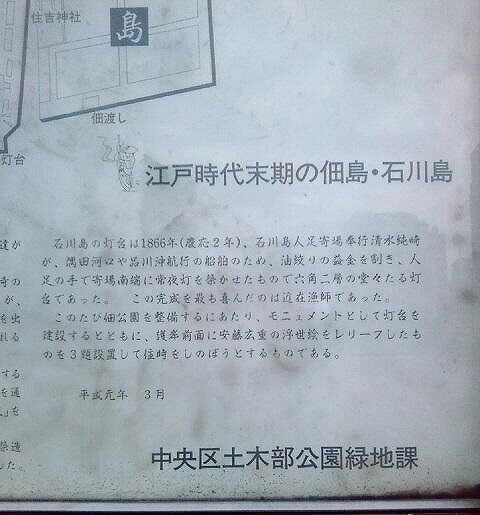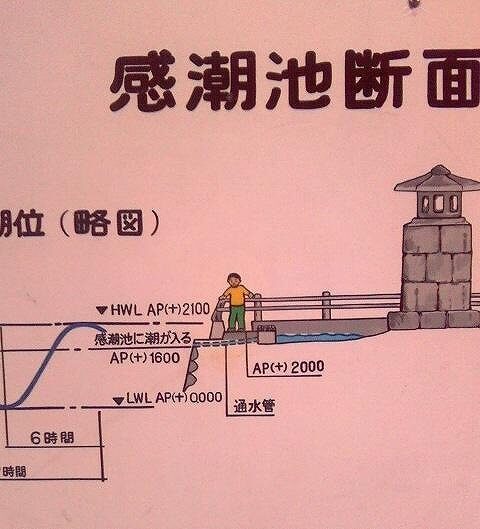The fifth generation Senryū, Mizutani Rokutei monument is located at Sumiyoshi Shrine.
What is the Mizutani Rokutei Monument? It is a monument to Mizutani Rokutei, the fifth generation of the Mizutani family of Senryū masters.
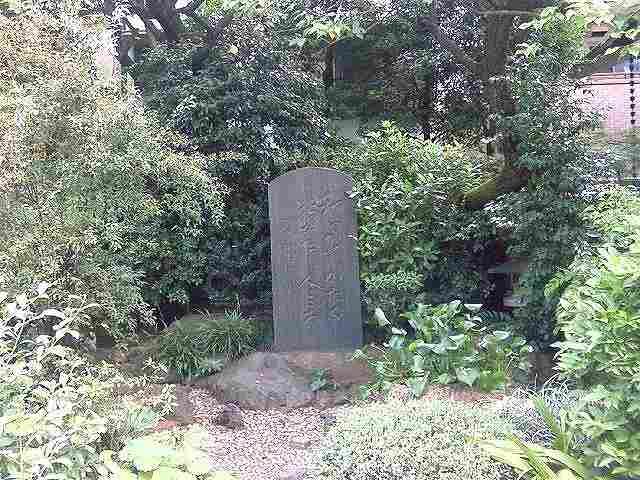
“I have tried to keep stubbornly and peacefully my human spirit”
What’s a Senryū?
Senryū is a literary art that originated in the mid-Edo period. Like haiku, it consists of 17 syllables (5, 7, 5).
This Senryū is an independent form of Maegusa, which was one of the practices of Haikai. In Senryū, there are no restrictions such as seasonal words, broken words, or literary terms, and satire and criticism are important elements.
To put it simply, Haiku is about nature, while Senryū is about the world, and the point of view of satire and criticism is important.
Mr. Karai Senryū, who was the pointer (master or selector) of the previous kusu-suke, became more interesting and popular than the other pointers of the previous kusu-suke, and the kusu he poached (selected) came to be called “Senryū”
The first generation of Senryū was Karai Senryū, the second generation was the eldest son, the third generation was the third son, and after the fourth generation, there were no successors from the Karai family, so various people took over.
Gosei Kawayagi, Mizutani Ryokutei
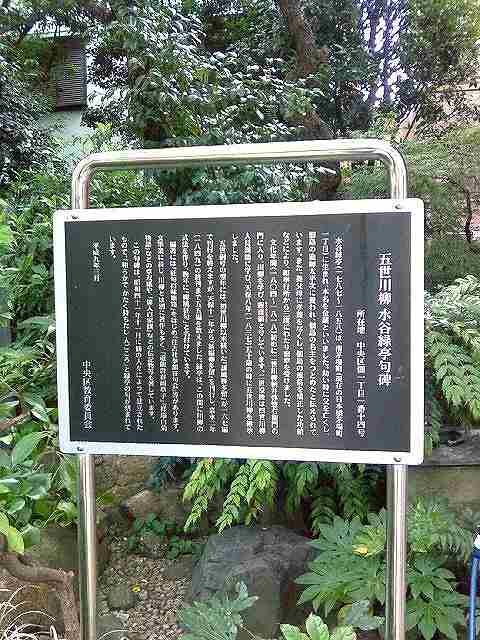
The Fifth Kawayagi, Mizutani Ryokutei’s Monument
Location: 1-14 Tsukuda, Chuo-ku, Tokyo
Mizutani Midoritei (1787-1858) was born in Minami Kayabacho (present-day Nihonbashi Kayabacho 1-chome), and his real name was Kinzo.
His father died when he was very young, and he was raised by a fisherman named Tairaji on Tsukuda Island, where he is said to have served as the head of the Tsukuda Island family.He was also honored three times by the town magistrate for his filial devotion to his adoptive parents and his efforts to correct the customs of Tsukuda Island.
At the beginning of the Bunka era (1804-1818), he entered the school of Yasoemon Karai, the second generation Senryū, and learned the art of Senryū, taking the name of Tadukuri Namagusai.After the death of the second generation, he studied under the fourth generation Senryū, Hitomi Shusuke, and in 1837, at the age of fifty, he succeeded to the fifth generation of willows.
In the year following his fifth successor’s death, the publication of the “Syofu Ryu-taru”, which had continued since the first generation of Kawayanagi, ended with 167 pieces, but he began publishing the “Shinpen Ryu-taru” in 1812, and by the end of 1849 (Kaei 2) had published a total of 55 pieces.
During this period, Ryokutei created a formula for willow poems, which he named “Ryu-fu-kyoku” in his later years.
He edited and wrote “Kyouku hyakumi fusubutsu shoot” and “Sumiyosha fukkaku kyouku kai” (Kyouku with a hundred flavors and a few strokes), among others.He was also a prolific writer, and wrote many books apart from his works on willow, including “Yusen Kutsu Harusame Zoshi” and “Shozui Hakugiku Monogatari”, as well as biographies such as “Haikujin Hyakka Sennen”.
This monument was erected by the people of Tsukuda in November 1966. It is inscribed with Midoritei’s haiku, “I have kept it calm and stubborn.
March 1997
Chuo City Board of Education


